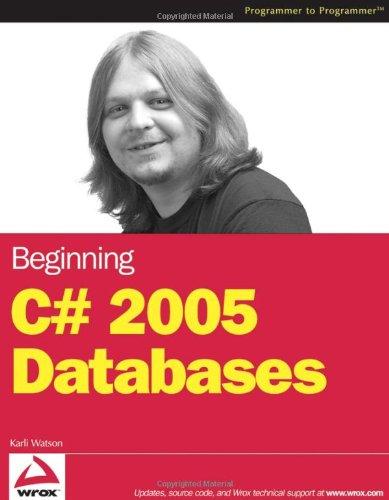
4. In this question you will use the data type "bit32" introduced in Lab 2 (i.e. an unsigned int). We will use the IEEE 754 standard for floating point numbers, with 1 sign bit, 8 bits for the exponent, and 23 bits for the mantissa. For the following programming questions, place each function in a common file "fplib.c" for compiling and testing. You are not to use any C floating point data types i.e., float, double). You can use the bitwise operators as needed: and, or, not, xor, shift-right, and shift-left. (a) Write C functions to extract the sign, exponent, and fraction of a bit32 floating point number, returning their respective values as unsigned integers. The functions should be named sign, expon, and frac. (b) Write a function, float_32 (unsigned int sign, unsigned int exp, unsigned int frac), that returns a bit 32 representation of a number given a sign, exponent, and fraction values as unsigned integers. (c) Using the functions defined in (a) and (b), write a function fp add (bit32 x, bit32 y) that returns the addition of two bit32 values x and y as a floating point bit32 value. An algorithm for floating point addition is as follows: Start yes x=0 or y=0? return non-zero operand no Compare the exponents of the two numbers; shift the smaller number to the right until its exponent matches the larger exponent yes return 0 Add the mantissas mantissa = 0? no Normalize the sum if needed by shifting mantissa right and incrementing the exponent return answer 4. In this question you will use the data type "bit32" introduced in Lab 2 (i.e. an unsigned int). We will use the IEEE 754 standard for floating point numbers, with 1 sign bit, 8 bits for the exponent, and 23 bits for the mantissa. For the following programming questions, place each function in a common file "fplib.c" for compiling and testing. You are not to use any C floating point data types i.e., float, double). You can use the bitwise operators as needed: and, or, not, xor, shift-right, and shift-left. (a) Write C functions to extract the sign, exponent, and fraction of a bit32 floating point number, returning their respective values as unsigned integers. The functions should be named sign, expon, and frac. (b) Write a function, float_32 (unsigned int sign, unsigned int exp, unsigned int frac), that returns a bit 32 representation of a number given a sign, exponent, and fraction values as unsigned integers. (c) Using the functions defined in (a) and (b), write a function fp add (bit32 x, bit32 y) that returns the addition of two bit32 values x and y as a floating point bit32 value. An algorithm for floating point addition is as follows: Start yes x=0 or y=0? return non-zero operand no Compare the exponents of the two numbers; shift the smaller number to the right until its exponent matches the larger exponent yes return 0 Add the mantissas mantissa = 0? no Normalize the sum if needed by shifting mantissa right and incrementing the exponent return







